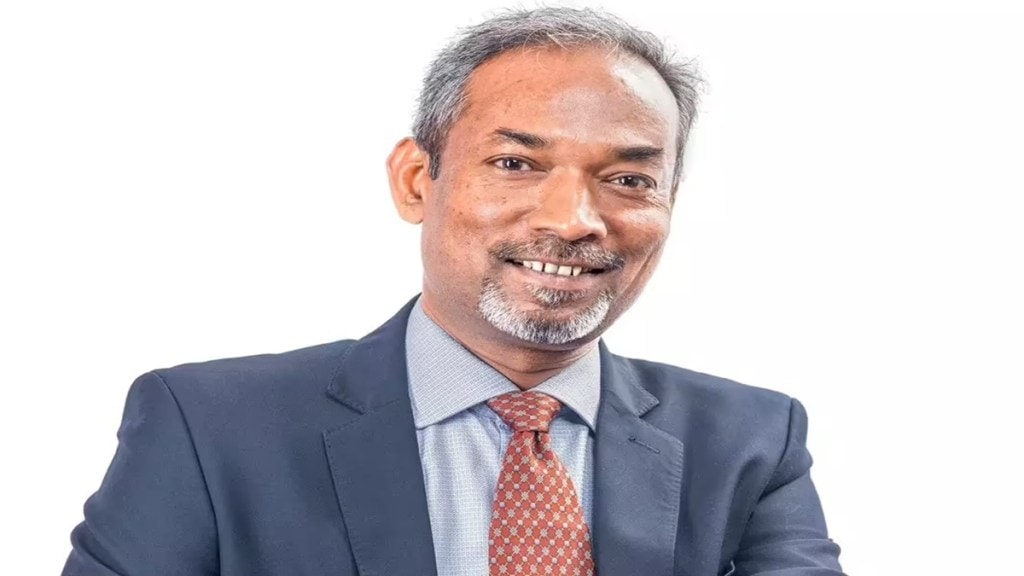As Digi Yatra strengthens its footprint in aviation, the platform is preparing for a future beyond airports, into hotels, public transport, and potentially even international travel. Suresh Khadakbhavi, CEO, Digi Yatra Foundation, speaks with Ojasvi Gupta about the platform’s expanding ambitions, the importance of data privacy, and the regulatory challenges ahead.
The Digi Yatra system is based on decentralised principles like self-sovereign identity (SSI), but concerns about biometric data persist. How does the platform ensure user privacy?
Privacy is a core principle of Digi Yatra. The user remains in full control of their personally identifiable information (PII). All credentials are stored securely in the user’s phone, inside a protected wallet on the Digi Yatra app. We don’t store any data centrally. Our role is limited to credential issuance. We sign the credential as Digi Yatra Foundation and generate a cryptographic proof to ensure it hasn’t been tampered with. The entire system is privacy by design and decentralised, with no central repository at all.
How many airports are currently Digi Yatra-enabled, and what’s the update on Navi Mumbai and Jewar?
We currently have Digi Yatra operational at 41 airports, including upcoming ones. For the four newly added airports, only the formal launch is pending, which should happen shortly. Among the 13 upcoming airports, Navi Mumbai and Jewar are notable because they will launch with Digi Yatra as a default. We are only waiting for BCAS (Bureau of Civil Aviation Security) clearances for these to go live.
Could Digi Yatra become a blueprint for seamless international travel?
That’s certainly part of our long-term thinking. For international operations, Aadhaar won’t work, so we have already started prototyping enrolment using e-passports. The logical starting point would be to allow expats working in India to use Digi Yatra for domestic flights. Later, we could work on enabling the same credentials for cross-border travel. But such a shift would require multiple layers of government approvals, particularly from ministries and international agencies. It’s a step-by-step process with many policy and technical challenges.
What are the key challenges in expanding Digi Yatra to tier-2 and 3 cities?
Our current 41-airport coverage already includes a mix of tier-1 and tier-2 cities. However, with tier-3 cities, we will need to reassess the cost-benefit dynamics. Smaller airports often lack the digital infrastructure needed for smooth Digi Yatra integration. We have set up committees within the Foundation to continually assess and plan future rollouts, but the next phase will take some more time and planning.
Can the Digi Yatra model be applied beyond aviation, say, to hotels, metro travel, or other identity-based services?
Absolutely. The credential infrastructure we have developed is already in place, and the foundation for identity verification is solid. We plan to offer sandbox environments for testing these use cases, be it hotel check-ins, IT parks, or metro entry. Once the sandbox trials are successful and policy permissions are secured, we can scale quickly. The flexibility of the system allows it to be adapted to any situation where identity verification is required.
Is there a plan to integrate artificial intelligence and predictive analytics into the Digi Yatra ecosystem?
Artificial intelligence will play a crucial role, not just in Digi Yatra but across the entire aviation ecosystem. For instance, AI can help airports assign bays more efficiently, calculate taxiing times, and manage gate assignments in real time. It’s all about operational awareness and ensuring minimal disruption. These technologies will help us improve both passenger experience and airport efficiency. We are already seeing AI being deployed in parts of the ecosystem, and we are exploring its integration into Digi Yatra as well.

